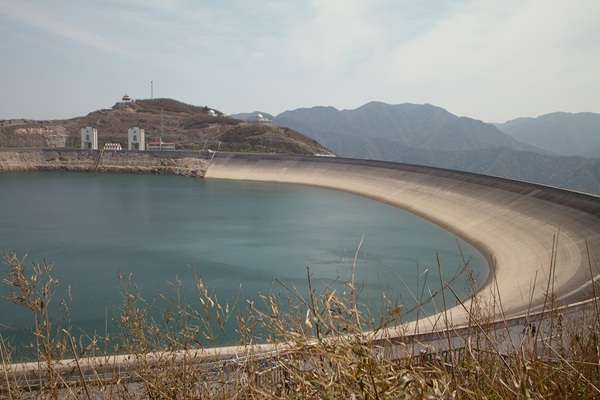.png)
The Dangerous Shortcut in India’s Renewable Journey
A rushed battery-led transition stabilises the grid today but imports vulnerabilities tomorrow. India’s missing storage policy is becoming a strategic liability.


T.K. Arun, ex-Economic Times editor, is a columnist known for incisive analysis of economic and policy matters.
November 20, 2025 at 7:51 AM IST
The Adani group is entering the battery energy storage system business, with an initial planned capacity of 1.126GW of power, capable of delivering that power for around three hours. This solves two kinds of problems, but creates two larger ones, of supply-chain dependence on China and significant indirect emissions of the kind green energy is supposed to avoid.
Adani is being forced into this suboptimal solution by the national government’s failure to come out with a coordinated energy storage policy, although several state governments have announced their own policies with incentives that promise another race to the bottom.
The problems battery storage solves are these two: extending the time slot in which solar and wind power generators can supply power; and unpredictable spikes and dips in renewable power generation that contribute to the complexity of maintaining the grid at the desired frequency of 49.5-50.2 Hz. The grid / electricity regulator has been asking, more often than to anyone’s liking, renewable energy producers to back down their generation in order to maintain grid stability.
It may be recalled that Spain and Portugal saw a major power outage in April this year. The cause was identified as grid instability created by excess delivery of power to the grid. The outage lasted 10 hours or so in Spain. The grid was not equipped to handle spikes in voltage. Power electronics and battery storage create the needed buffer for the grid to absorb such spikes in voltage.
Some amount of battery storage is necessary to keep the grid stable. But battery storage as the mainstay of power storage is wholly suboptimal. Pumped storage is an ideal way of storing power. Another way is to use the renewable power to electrolyse water to split it into hydrogen and oxygen, store the hydrogen, supply the oxygen to hospitals in Uttar Pradesh, and then burn the hydrogen, when power is needed, as fuel in a gas turbine to generate power.
The trouble with pumped storage is that it takes time to build. An ideal site must be located, and environmental clearance obtained. If that entails displacement of people, they must be resettled. If it means deforestation, compensatory afforestation must be carried out. If pristine forests are at risk, presumably, environmental clearance would not be forthcoming. Only then can the engineering work of building storage, laying pipes to run water down a drop, and installing the turbine and power lines can start.
It is not necessary for every renewable power project to have its own pumped storage facility. It should be possible to create several such large facilities, to which different wind/solar projects can transmit their power. Their location should be chosen to minimise transmission costs. This has to be centrally coordinated, rather than left to the incentive structures of different state governments that might skew location selection to suboptimal places.
It is possible to pipe hydrogen to locations far from where it is generated, as well as to send renewable power to distant locations of hydrogen production. How would the economics of running a high-capacity turbine with hydrogen as fuel compare with that of a decentralised network of microturbines? A central power storage policy has to work this out, before a single entrepreneur starts deploying hydrogen-based power generation.
In the absence of a coherent storage policy, and in the face of increasing demands from grid managers to back down renewable energy generation, solar and wind power producers are being forced to invest in battery storage. This takes away significantly from the green benefit of renewable energy. Mining and transporting battery materials cause much environmental damage, besides energy consumption. Battery production is an energy-intensive activity. Batteries in operation need to be cooled or heated, depending on the battery technology used, and will consume a portion of the power produced in HVAC.
Batteries are mortal. After their service life is over, the materials have to be recycled, without polluting the ground or underground aquifers. The direct and indirect carbon footprint of batteries makes renewable energy with battery storage shift colour from grass-green in the direction of the hue grass acquires after being exposed to a two-year drought.
If the cost of battery storage is to be contained, the battery technology used must be the best. The best technology is with the Chinese, who control the supply chains of battery materials as well. Large-scale deployment of battery storage in the Indian power system, half of whose installed generation capacity is now renewable, makes for major dependence on the Chinese. This is a vulnerability India can do without.



